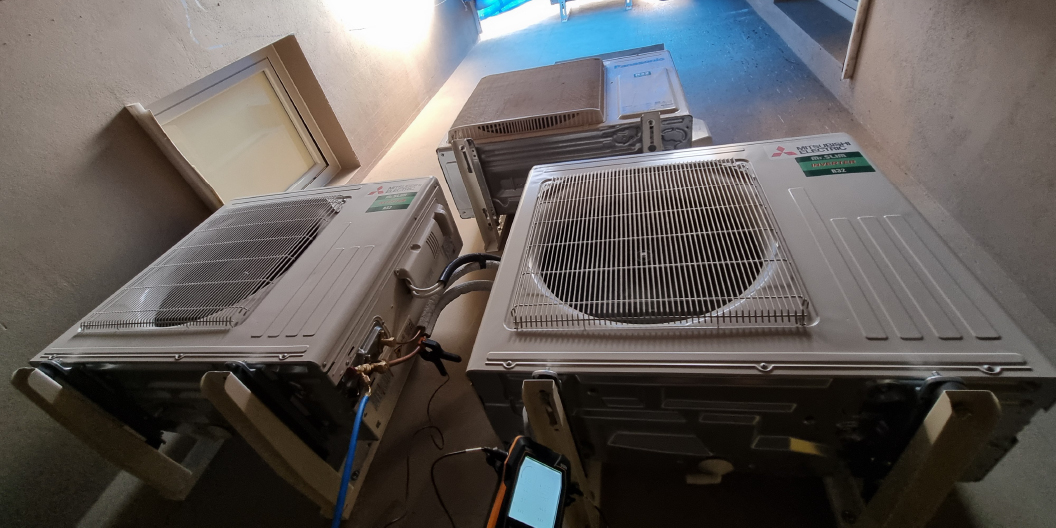For years, R410A gas has been one of the most popular refrigerants in residential and commercial air conditioning systems. Recognized for its efficiency and superior performance to the already obsolete R22, R410A marked an important evolution in the HVAC industry. However, today its future is clear: it is coming to an end.
Why is R410A being phased out?
The main reason behind the phasing out of R410A is its high Global Warming Potential (GWP). Although R410A does not damage the ozone layer like its predecessor, R22, its environmental impact is still significant. Its GWP is estimated to be approximately 2088, meaning that a single tonne of R410A has a global warming effect more than 2,000 times greater than a tonne of carbon dioxide.
With the advancement of stricter environmental policies in different regions of the world—such as the European Union’s F-Gas Regulation, the Kigali Amendment to the Montreal Protocol, and new regulations in Latin American countries—the phasing out of high-GWP refrigerants is an irreversible process.
What does this change mean for users?
- Increased difficulty finding spare parts and refrigerant: As R410A production stops, it will become more expensive and scarce. This will make repairs and maintenance more expensive.
- Restrictions on the import and sale of equipment: In many countries, new equipment running on R410A is already being banned. Factories are also modifying their production lines to adapt to new gases.
- Technological obsolescence: Equipment using R410A will become obsolete more quickly. Although they still perform well, their value on the secondary market will decrease.
And now what? The alternatives
The future is here, and it comes in the form of new, more environmentally friendly refrigerants, such as R32, R454B, and other low-GWP gases. R32, for example, has a GWP of just 675 and is compatible with many current designs, although it requires some considerations because it is slightly flammable.
The good news is that these new refrigerants are not only more environmentally friendly, but also more energy efficient, which translates into lower operating costs for the user.
Conclusion
The end of R410A is not a surprise, but a necessary evolution in the search for more sustainable technologies. For users, installers, and technicians in the HVAC sector, this change represents both a challenge and an opportunity: adapting to new refrigerants, updating their knowledge, and investing in more efficient equipment.
The future of air conditioning is greener… and it’s already underway.
Our Proposal: At Montelsur, we can help evaluate your facility and suggest technological upgrades to efficiently address this issue by selecting products that effectively adapt to your needs and current environmental requirements.


0 Comments